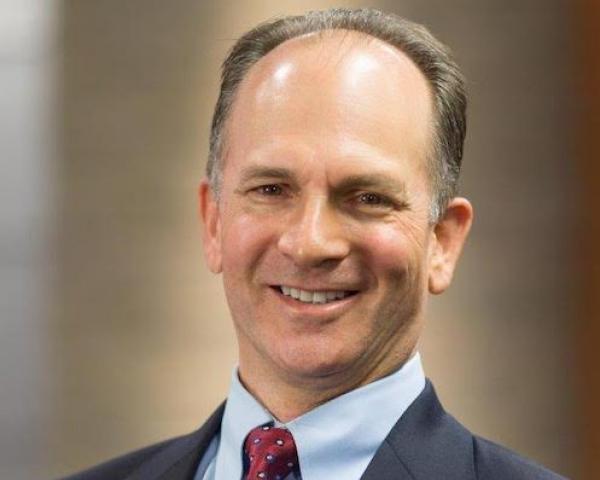In today’s environment, companies need to act quickly with respect to operational and strategic initiatives. Gone are the days when, in many companies, projects could get done whenever someone became available to lead them and get access to necessary resources. Today, critical projects need to be staffed with experienced executives who can hit the ground running. Additionally, in many firms the process of hiring full-time people is fraught with complexity and layers of approval – not just with the hiring manager but getting buy-in from HR and accounting. Many companies have implemented hiring freezes, even in the current labor market, that reflect operating constraints.
In response, the latest hiring trends show that, instead of relying only on full-time employee (FTE) hires, are increasingly adopting contract employment – looking to interim executives and professionals to meet scaling workforce needs.
There are several benefits to an interim approach: People who choose interim or contract work are often highly skilled, mission-oriented and project-based individuals who assimilate quickly into new environments. They can bring unique skill sets and experiences needed for finite projects, during mergers and acquisitions, or to temporarily fill roles either during a leave of absence or while the company searches for a permanent employee.
Another benefit is the ability to quickly bring in outside perspectives for important initiatives. While promoting from within is often a laudable policy, in many cases those promoted have been with the company for many years and have not been exposed to operating realities at other companies.
Also, a practical benefit of using interim executives and professionals is that in many companies expenditures to fund key projects quickly can be done through the department’s operating budget and without additional approvals beyond the operating executive’s own. This contrasts with requesting additional full-time headcount hires that would likely have to go through several layers of approvals or be subject to hiring freezes or other limits.
Here's a current example: A well-known carrier’s CEO looked at his company’s expenditures on printing and postage and mandated that the company cut the budget by $1 million, about 35% of its outlay in this area. The carrier reached out to a well-known search firm with a robust practice in interim executives and professionals. The firm worked closely with the carrier to define the specific objectives, desired outcomes and timeframes and was able to quickly develop an attractive proposal for the carrier that focused on the broader strategic issue of digital transformation in addition to tactical decisions on printing and postage. Once the carrier approved the proposal, within days the firm was able to identify several well-qualified professionals to lead the initiative and zeroed in on one executive who was perfect for the assignment. The carrier interviewed the professional the next day and was able to start on the project the following week.
In this example, the carrier expects to realize the following benefits:
- Significant reduction of outlays
- Moving clients and agents to a digital experience in many facets of their interactions with the carrier
- Development of mobile apps to enhance sales and customer service
See also: A Wake-Up Call for Insurers
In today’s environment, we see vast numbers of “gig workers,” often with 20 to 25 years of experience, who no longer want to work on a permanent basis with a company for a variety of reasons and prefer the challenge and variety of working with multiple companies on a project basis – of parachuting into a firm to address a specific need. These are not people who have difficulty finding permanent employment, but rather industry veterans and practitioners looking for a broad base of experiences at this stage in their careers.
In 2023, we will see an increase in people seeking interim opportunities who are willing to compromise a sense of security typically experienced with a permanent job. In turn, external talent acquisition professionals such as Korn Ferry will put more focus on nurturing relationships with candidates seeking contract employment and work with clients to determine the most effective scenarios for filling positions. In such a dynamic landscape, experts recommend companies maintain a 70/30 FTE-to-interim worker mix.
In the insurance space, there are many opportunities to use interim executives and professionals. These include:
- Filling critical voids in the organization, which buys time to find the right permanent candidates
- Digital transformation initiatives in sales activity, application entry and policy delivery processes
- Digitization projects in the underwriting process, and in producer communications, regulatory requirements and marketing
- Cost-saving mandates such as the one noted above
- Development of client and agent portals for policy changes, billing and payment processes
- Product research and development, particularly when the pipeline is filled due to resource constraints
- Solutions for modernizing legacy systems and integration with newer platforms
- Where M&A activity is involved, integrating systems, policies and underwriting workflow pre- and post-merger
- Many projects where an additional set of experienced hands is needed!
There are many opportunities to consider interim executives and professionals in the insurance space. I hope these ideas provide some food for thought in your strategic and operating discussions. Here’s to a great 2023!







